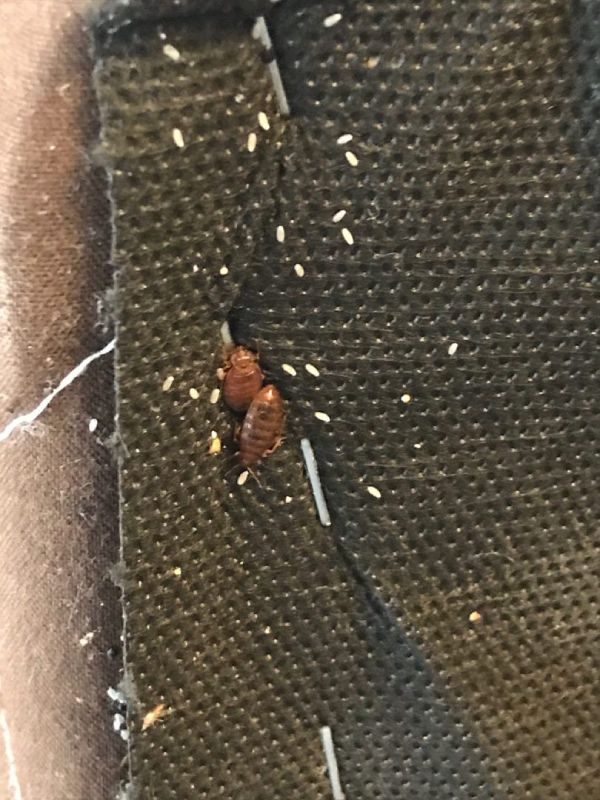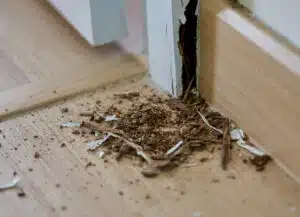The truth about whole-home heat treatments to eradicate a bed bug infestation.
If you’re one of the millions of households unlucky enough to have a bed bug infestation in your home in the U.S. this year, you’ve probably heard about treating your house with heat. Many homeowners and renters will opt for a costly heat treatment. Most will see a positive result. There’s an secret to successful heat treatments that many companies won’t point out. Here’s a hint: Heat is not the only factor in play. More information about bed bugs.
Will heat kill bed bugs?
Bed bugs are fairly easy to kill with heat. If a bed bug is subjected to temperatures higher than 140 degrees for an extended period of time the bed bug will die. This characteristic of bed bugs was first observed when the insects were being treated in the big cities of the past. Over the decades, more than a few homes and businesses have burned to the ground as a result of attempts at killing bed bugs with heat.
Fast forward to the bed bug outbreak of the early 2000’s here in the United States which continues to this day. Many conventional pesticides had been used so extensively over the years that the biting pest population had gained a genetic advantage which made them nearly immune to chemical treatment. As a result, some companies began experimenting with whole home heat treatments.
So how does a whole home heat treatment work? It’s as simple as it sounds (wink)…..heat the entire home to 140 degrees for an extended period of time! What does this mean? It means bringing in huge propane heaters. Hundreds of feet of ducting will also be required. The goal is to keep it at 140 degrees for a few hours at huge expense to the pest control company, and you.
Why not heat treatments?
So what’s the problem with heat treatments for bed bugs? Simply put, heat is a contact killer meaning that if the bug doesn’t come in contact with the heat, it will survive. Bed bugs will scatter deep into their hiding spots as soon as the heat is introduced. Pest control companies that invested in heating systems figured this out very quickly and for a while, their reputations were badly damaged because of that fact.
What did these pest control operators do? They added back the spraying. Modern pesticides used in conjunction with the heat treatments is the way they solved this problem. As time went on and the bed bug epidemic got far worse, pesticides were being made safer and more effective. Companies that had made giant investments in heat equipment were seeing sub-par results so they did the only logical thing: they added the new insecticides to their treatment plan.
The pest control firms that started including spraying as an “added measure” began to see excellent outcomes. Clever! Now they can pitch the very costly heat treatments as the answer, and barely make mention of the fact that they are also doing thorough spray treatments simultaneously. They get the best of both worlds. Establishments that became “heat only” have mostly fallen by the wayside, as they are producing unreliable results.
The bottom line on treating for bed bug infestations
Bed bugs can be treated safety and effectively using insecticides alone. The cost to treat a home for bed bugs does not have to be astronomical in order to be effective. Pest control companies that have decades of experience treating bed bugs now have the advantage of safe, modern pesticides. These products are designed and specifically approved for use in homes by the Environmental Protection Agency.
While heat does kill bed bugs, it has the disadvantage of being a contact only killer. It is simply unrealistic to expect heat alone will successfully eradicate a bad bed bug infestation . Contact us for more information about proper bed bug control.



